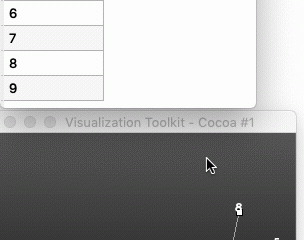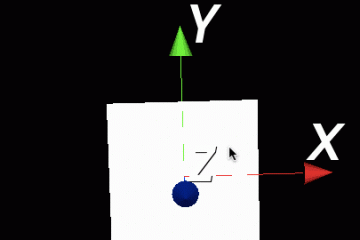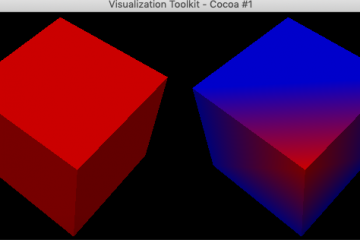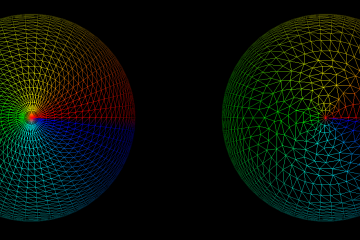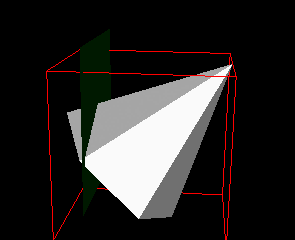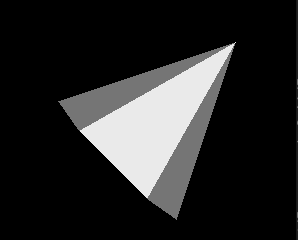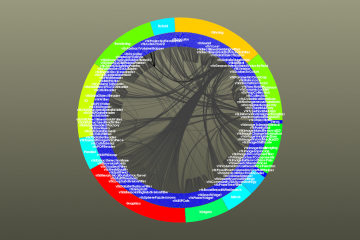VTK – Update Different Views When Selections Changed
The article shows how to use vtkViewUpdater to update different views when the selections changed. Relevant development environment: VTK-8.1.1; Qt 5.11.2 (x86_64-little_endian-lp64 shared (dynamic) release build; Clang 8.1.0 (clang-802.0.42) (Apple)) on “cocoa”; macOS 10.14 [darwin version 18.5.0]; #include <QApplication> #include <qsurfaceformat.h> #include <QVTKOpenGLWidget.h> #include <vtkRandomGraphSource.h> #include <vtkDataObjectToTable.h> #include <vtkQtTableView.h> #include Read more…
